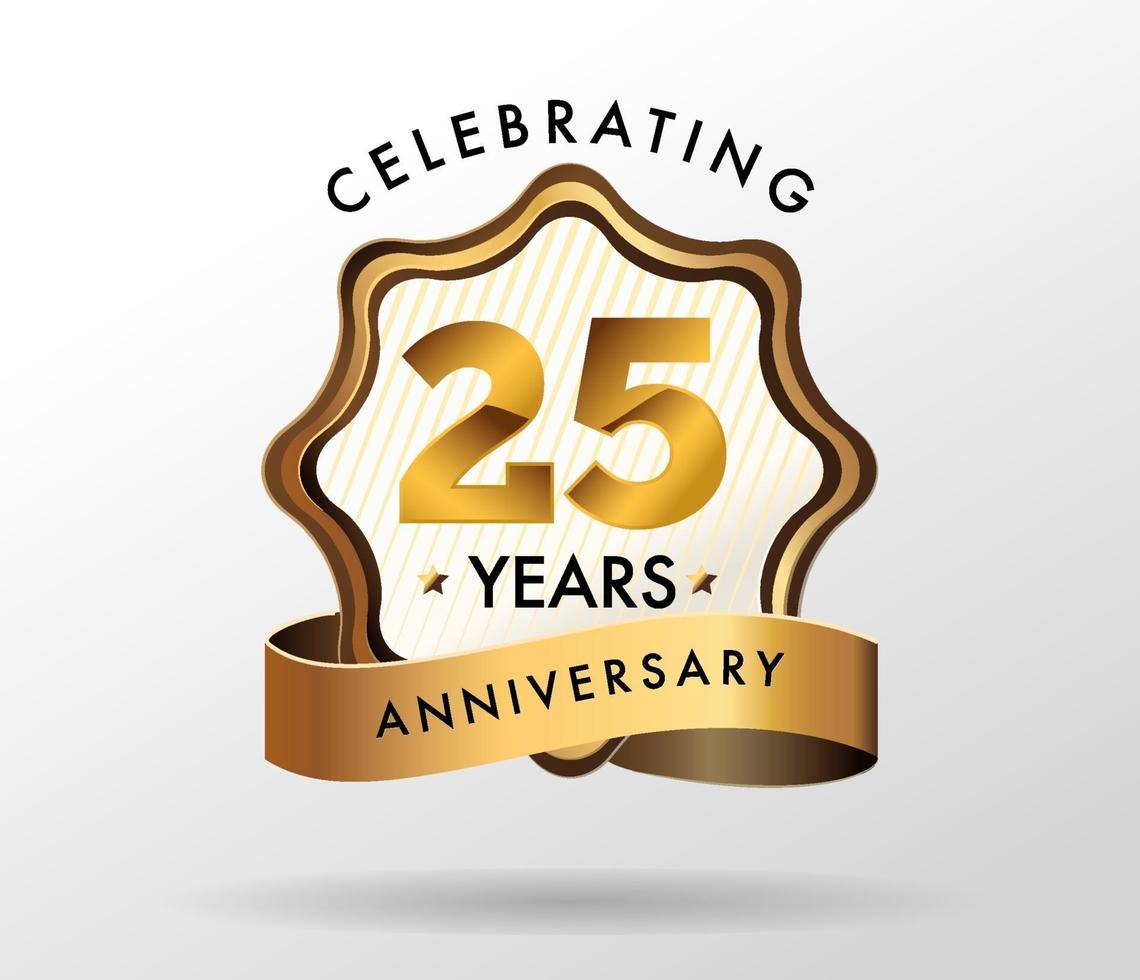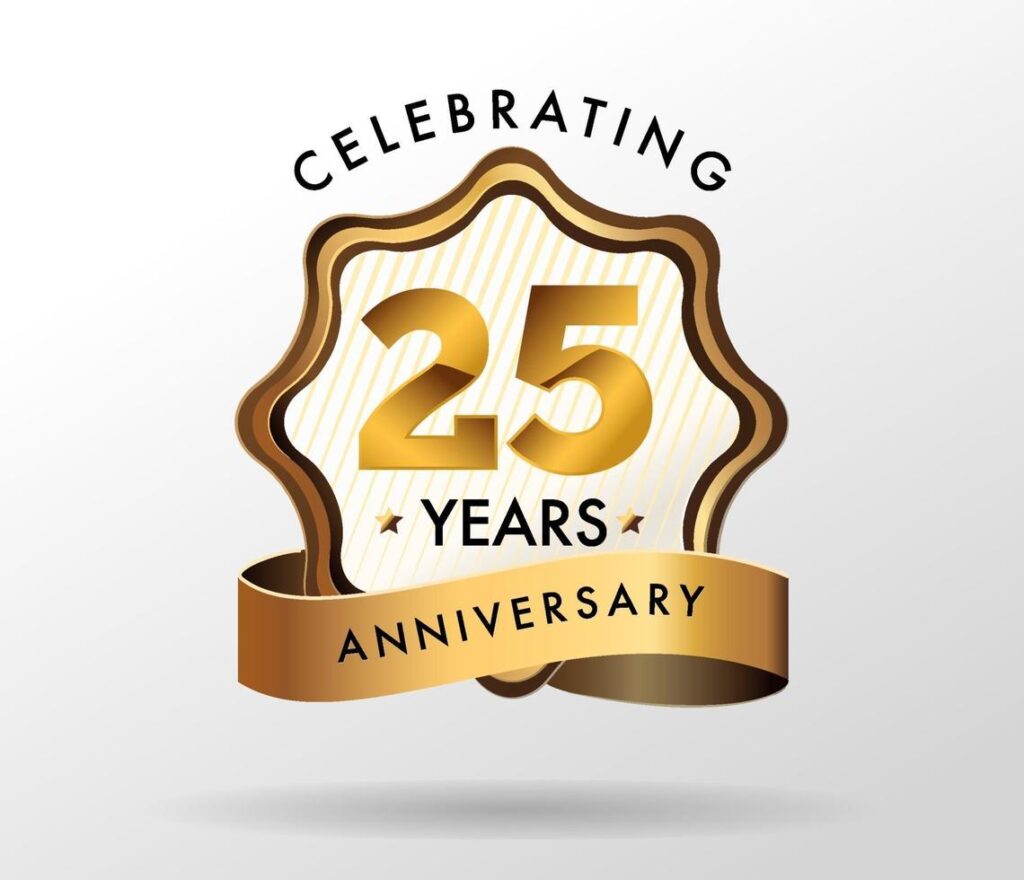Making Google gobble up your content and spit it back out into search engine results pages doesn’t have to be difficult.
Writing a fantastic, compelling blog post chock full of useful information can do wonders for your website traffic. But if you don’t market your blog in any way, few people are going to be able to find it, and almost no one is going to read the gem you just spent five hours writing. That said, making Google gobble up your content and spit it back out into search engine results pages (serps) doesn’t have to be difficult. I’m going to provide the basic framework of simple on-page optimization you can employ to ensure Google gets its hands on your WordPress blog.
While there are numerous blogging platforms that work well for search engine optimization purposes, WordPress is arguably the easiest, and it’s what I use for most of my clients, as well as my own website. Before getting started on your optimization journey, I suggest installing an SEO add-on. I use All-In-One-SEO-Pack. It has great setup/customization features, and is very simple to use.
Custom Page Title (Title Tags)
Sensr.net Blog title tag displayed in Google SERP
Page Titles (title tags) are your bread and butter. Not only is your page title important in serp rankings, it’s a key selling point for people to click on your website. If you have an unappealing or “spammy” page title, chances are you won’t get many clicks even if you do rank well in certain searches. At the same time, you don’t want your title to be so vague that no one will ever find it. So if you’re a financial planner in Reno writing a blog entry about asset protection trusts, don’t make your page title simply “Asset Protection Trusts.” Include a location: “Nevada Asset Protection Trust” as well as the name of your trust company.
The default title tag on WordPress is usually the post entry title and the official blog name title. Using All-In-One-SEO-Pack, you can add custom entries for the page title. I almost always change it at least slightly to include other targeted keywords. Utilize Google AdWords Keyword Tool to find highly-searched terms that are relevant to your particular blog entry, but are not so competitive that you have no chance of ranking well in those searches. Most search engines only display the first 60 characters of a page title, but Google has started going up to 70 characters. I still try to keep it below 60, or right at 60 characters.
H1 Text (Heading 1)
The title of an individual blog entry is a page’s H1 text by default on WordPress. As H1 text is one of several on-page elements central to what Google uses to determine what a webpage is all about, your H1 text should most importantly do two things:
- Inform your readers of what you’re going to be talking (writing) about.
- Inform crawlers what your blog entry is about without spamming them.
It’s important write one keyword rich H1, but also not over-do it to the point that it’s obvious to your viewers. If it’s awkward for you to read out loud, it may not be the best choice in heading text. That said, inserting specifically targeted keywords when appropriate will make a big difference in how an individual blog post is going to pull up in search engine results pages. Again, you want to strike a balance between being too “spammy” and being too vague. Targeted H1′s are also a great way to rank for long-tail keyword searches since they can be a lot longer than title tags. So if you’re a startup that creates mobile apps for events, don’t make your H1 tag something completely unrelated or a spam-laden tag — use something like “Finally, Event Apps People Actually Love.”
Meta Descriptions
For Meta Descriptions, start off with your most significant keywords. Don’t exceed 155-159 characters. Meta Descriptions aren’t a part of Google’s ranking algorithm, but they are still very important, as the snippet you write is what appears on search results pages. The keywords that are used in an individual search are put in bold text within the meta description too, so this increases likelihood that someone will click the page.
As far as writing descriptions go, they doesn’t require perfect grammar. Targeted sentence fragments are fine. If you’re pressed for time you don’t absolutely *have* to write a meta description. Google will generally auto-generate a meta description from text on the page, but if you want to ensure you have control of what is pulling up on the search engines result page, then it’s a good idea. It’s more important to have meta descriptions for static pages like an About/FAQ/Homepage than it is a text-rich blog post, but I still like to write them.
URL Customization
WordPress allows us to easily edit the URLs of blog post entries. By default they’re some version of your blog post title, so you may not always need to change it. That said, the URL is always a good place to have keywords in, but don’t make it so long it becomes tedious. Make sure hyphens separate every word. It may not dramatically affect your ranking, but optimizing as many on-page elements as possible will add up.
Anchor Text
Anchor text is the text used in a link; e.g., Reno web design. Having good anchor text is extremely important. It becomes even more effective when you’re getting more back-links, and other websites start quoting your blog posts. Generally, they’ll keep your anchor text. If they don’t, it’s never a bad idea to e-mail whoever is giving you the link and politely ask if they can change around the anchor text to be more beneficial for you. If their website is willing to give you a link, they’re probably willing to help out your search engine optimization efforts. Google uses anchor text (with the link of the website it’s pointing to) to determine what is important on a website, so if you have something like “search engine optimization in Reno, Nevada” in anchor text, the crawlers notice this. Never waste a good back-link with anchor text such as “click here” or “blog.” In a nut shell, anchor text in links pointed to you will be associated with your website, and you’ll start ranking better for those keywords.
TL;DR (Too Long; Didn’t Read)
- Write well-researched, custom title tags using an SEO add-on. No more than 60 characters.
- Write well-researched H1 text, and make sure you only use one H1 per page.
- Make sure your URLs are keyword rich without being too long.
- Write effective Meta Descriptions. No more than 160 characters.
- Use anchor text to your advantage. No “click here” or “blog”.
Use keywords you can realistically rank well in now, but also include some “dream keywords” so when your website does grow in overall authority, your site will improve in those really competitive terms too.




